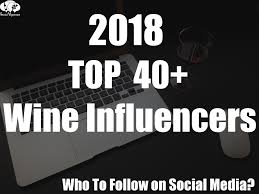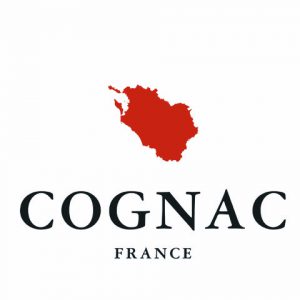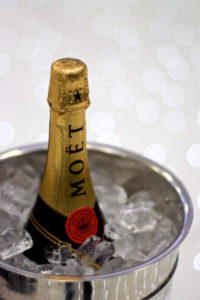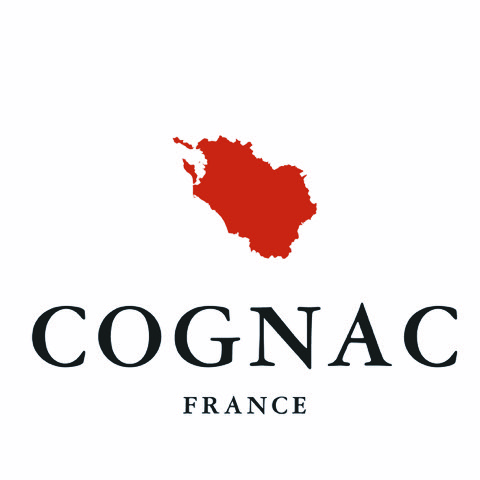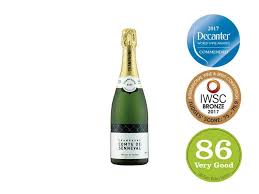 Champagne Review: Comte de Senneval Champagne
Champagne Review: Comte de Senneval Champagne
Autolytic notes of biscuit and toast, with creamy lemon and apple with hints of tropical fruit on the palate; persistent bubbles.
Alcohol: 12.50%
Grapes: Chardonnay Pinot Meunier Pinot Noir
Score: 89
Excellent price 19 €
Food pairing suggestions
Pork, rich fish (salmon, tuna ), shellfish, mild and soft cheese

